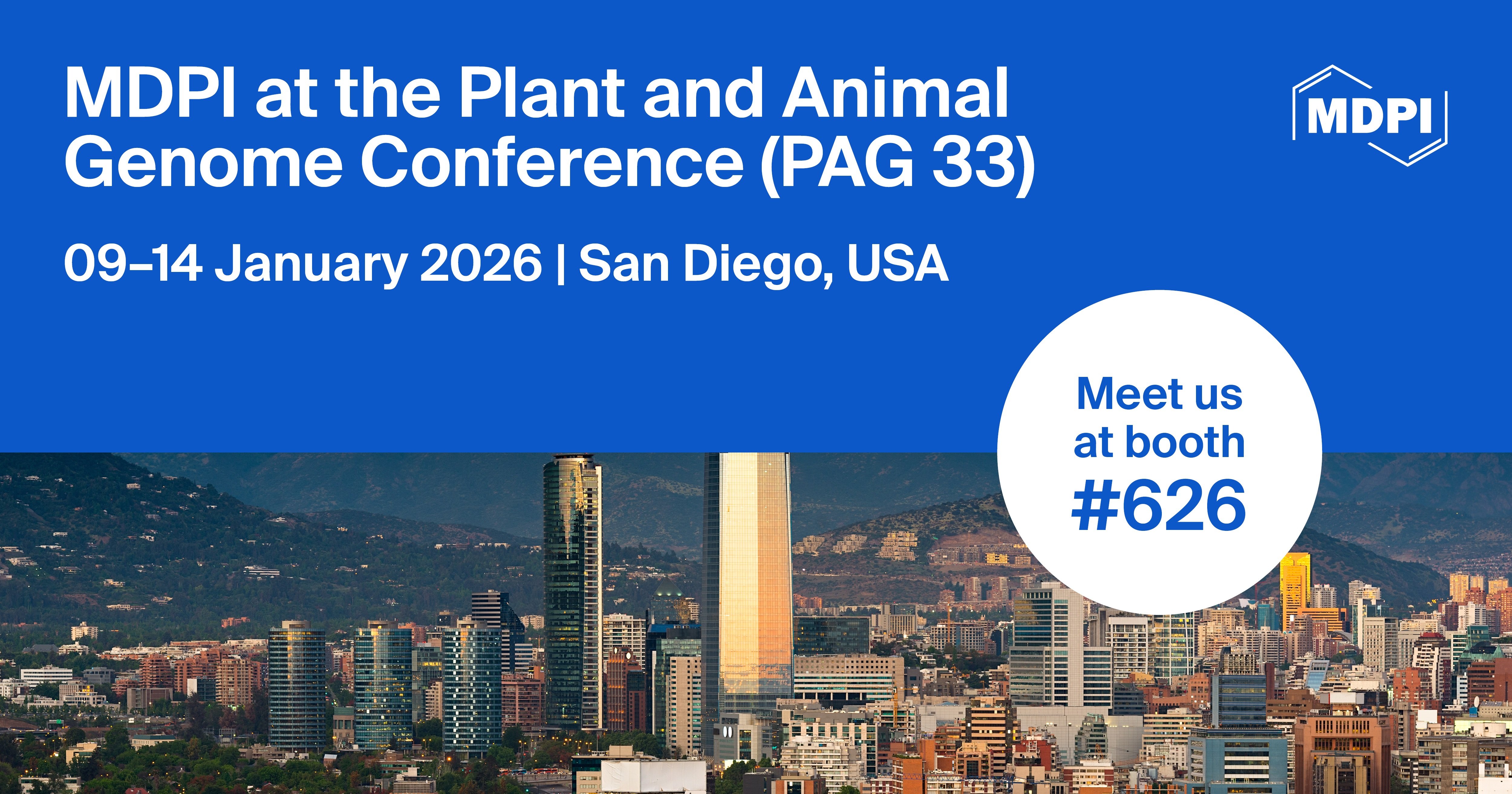-
 Feed Intake-Regulating Peptides in the Gut–Brain Axis of Laying Hens Housed Under Different Egg Production
Feed Intake-Regulating Peptides in the Gut–Brain Axis of Laying Hens Housed Under Different Egg Production -
 Diversity and Origin of Quill Mites Parasitising the True Finches
Diversity and Origin of Quill Mites Parasitising the True Finches -
 Hematological, Enzymatic, and Endocrine Response to Intense Exercise in Lidia Breed Cattle During the Roping Bull Bullfighting Celebration
Hematological, Enzymatic, and Endocrine Response to Intense Exercise in Lidia Breed Cattle During the Roping Bull Bullfighting Celebration -
 Factors Associated with Puppy Training Class Attendance
Factors Associated with Puppy Training Class Attendance -
 Histological and Proteomic Approaches to Assessing the Adrenal Stress Response in Common Dolphins (Delphinus delphis)
Histological and Proteomic Approaches to Assessing the Adrenal Stress Response in Common Dolphins (Delphinus delphis)
Journal Description
Animals
- Open Access— free for readers, with article processing charges (APC) paid by authors or their institutions.
- High Visibility: indexed within Scopus, SCIE (Web of Science), PubMed, PMC, Embase, PubAg, AGRIS, Animal Science Database, CAB Abstracts, and other databases.
- Journal Rank: JCR - Q1 (Veterinary Sciences) / CiteScore - Q1 (General Veterinary )
- Rapid Publication: manuscripts are peer-reviewed and a first decision is provided to authors approximately 17.7 days after submission; acceptance to publication is undertaken in 2.5 days (median values for papers published in this journal in the first half of 2025).
- Recognition of Reviewers: reviewers who provide timely, thorough peer-review reports receive vouchers entitling them to a discount on the APC of their next publication in any MDPI journal, in appreciation of the work done.
- Companion journals for Animals include: Birds, Ruminants and Zoonotic Diseases.
Latest Articles
Highly Accessed Articles
Latest Books
E-Mail Alert
News
Topics
Deadline: 31 December 2025
Deadline: 31 January 2026
Deadline: 31 March 2026
Deadline: 30 April 2026
Conferences
Special Issues
Deadline: 30 December 2025
Deadline: 30 December 2025
Deadline: 30 December 2025
Deadline: 30 December 2025



























